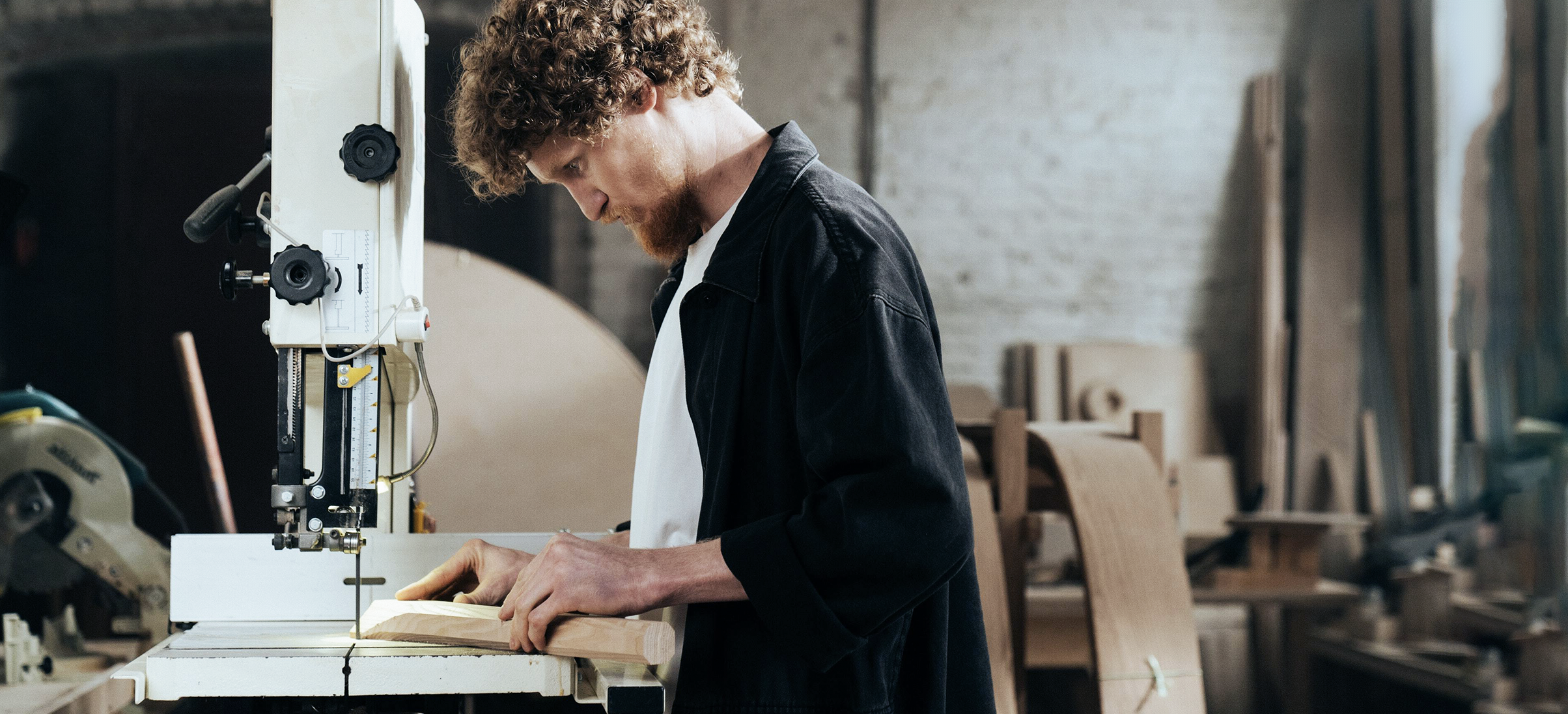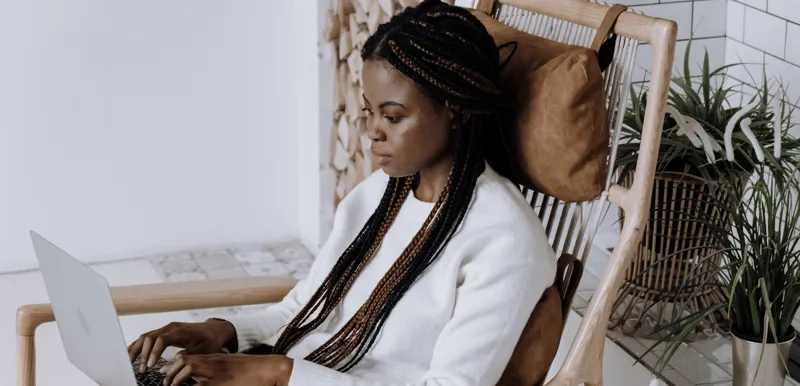
What are fixed assets? How to record them in accounting
If you’re purchasing assets for your business, it’s a great idea to know the different kinds of fixed assets you can have, and how to record them correctly in your accounting.
What are fixed assets?
An asset is something that you own in your business. A fixed asset has a long term life time in your company, and will be used for at least 3 years.
Here are some common types of fixed assets you could have:
- Office furniture
- Vehicles
- Machinery
- Buildings and land
What is the difference between tangible fixed assets and intangible fixed assets?
The main difference between tangible and intangible fixed assets is that tangible fixed assets are physical assets and intangible fixed assets are not.
Here’s some examples:
- Tangible fixed assets: Fixtures, fittings, computer equipment
- Intangible fixed assets: Copyrights, software development
How to record fixed assets in your accounting
The way you record fixed assets when you do your accounting is different from a normal business expense.
If your item has a value below £250, you can record it as an overhead cost. This is because the asset isn’t considered ‘material’.
But, if you need to record the item as a fixed asset, you’ll need to understand how to spread the cost of the asset over time. There are two ways to spread the cost depending on the type of asset: depreciation and amortisation.
- Depreciation is the method of spreading the cost of tangible fixed assets over their useful life.
- Amortisation is the method for spreading the cost of intangible fixed assets.
What is depreciation?
Depreciation is the way you spread the cost of fixed assets over their ‘useful lifetime’. So, if the asset will be useful for 4 years, you will spread the cost across 4 years in your accounting.
There two main ways you can depreciate an asset in accounting:
Straight line depreciation
Straight line depreciation means your fixed asset depreciates based on the purchase price. It is normally by the same amount each year. You choose to use straight line depreciation when the asset is just as useful in its first year as it is in its final year of use.
With Bokio accounting software, you can record fixed assets using straight line depreciation. We’ll take you through it step by step so you know what to do.
Reducing balance depreciation
Reducing balance depreciation means that fixed assets are depreciated based on a fixed percentage of the current value at the end of the year. You choose reducing balance when the asset becomes less useful over time, so the amount affecting profit and loss reduces each year.
It’s common practice to depreciate the asset by 33% or 25%. Use the higher percentage if you believe that the assets will be considerably more useful in the first years after purchase.
What is amortisation?
Amortisation is similar to depreciation in that you spread the cost of the asset over its lifetime. Typically, you use a straight line basis to spread the cost equally over time.
Manage your finances with Bokio
Keeping a close eye on your finances is really important. Using an accounting software like Bokio is a great way to see how your business is performing so you can budget for the future.
With Bokio’s accounting software, you can do your bookkeeping, and invoicing in the same place. We have everything you need to help you prepare for your Self Assessment tax return, submit your VAT Return for Making Tax Digital and keep the right financial records. If you need an extra hand, we can help you find an accountant to work with.
Accounting is kept simple with Bokio, so you have more time to spend running your business.

